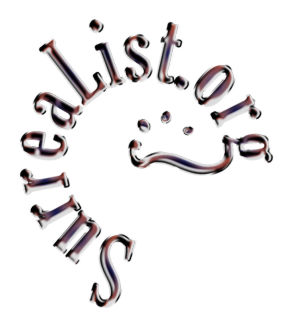
Hexagram Two—Receptivity
All the lines of the second hexagram are yin and the hexagram denotes firm progress and advantage.
In the first line a person who is walking on frosty ground soon finds that the ground has become solid ice. This represents the passive but strong quality of yin.
The second line says the yin attributes of honesty, intuition, inner depth, and flexibility come naturally and do not need to be learned or rehearsed. Possessing these qualities is fortunate.
The third line shows the possessor of these qualities who diplomatically conceals their strengths until they are needed, just as some rich people may conceal the depths of their wealth. Working under a benevolent leader, they may wish to use their skills to increase the reputation of the leader.
The fourth line shows a closed purse or bag. The quality yin may involve restraint. Although this closes off new possibilities, it also prevents misfortune.
The fifth line shows a yellow garment, which implies a humble and honorable person. This is fortunate.
The sixth line shows fighting dragons, sending yellow blood to the earth and purple blood to the sky. This is the right conclusion of affairs.
A final note says the yin qualities of honesty and steady progress lead to good fortune.
Hexagram Two Commentary
There are sixty-four hexagrams in the I Ching because that's the mathematical possibility of combinations of solid and broken lines. The first hexagram is all solid lines, yang, and the second hexagram is all broken lines, yin. Both are auspicious. It's not that yang is good and yin is bad—both are neutral-to-good. All yin is said to denote "progress and advantage."
Yin is the sign of passive strength. The metaphor in the first line is frosty ground that turns into solid ice.
Yin qualities are natural, not learned or rehearsed. The second line names the strong yin qualities as "honesty, intuition, inner depth, and flexibility."
The third line shows humbleness as a strong quality because a person who possesses yin strength will not show it off, but only display yin strength when it's needed, just as "some rich people may conceal the depths of their wealth." Further, if there is a benevolent leader, strong yin people may use their intuitive skills to lend support to the leader.
Yin strength means the wisdom to back off and show restraint, rather than act aggressively. The metaphor in line four is of a "closed purse or bag."
Over all, the strong yin quality is personified in line five, showing a humble, honest person who wears a yellow garment, a subtle but embracing symbol of good fortune.
Line six shows yin force in a fight between dragons. The successful outcome of their fighting sends yellow blood to earth and purple blood to the sky. This signifies a correct and good outcome. In modern terms, we might say this is a "win-win" outcome.
A final note, or seventh line, celebrates yin strength, saying honesty and steady progress lead to good fortune.
To the reader: Most of the hexagrams have at least one line that predicts bad results, but that does NOT mean you are fated to that result. The hexagrams illustrate different attitudes, so study the actions and reactions to learn the attitudes that will lead to better outcomes.
The I Ching teaches you to flow with changes and create positive change from the inside through conscious living. Your future is in your hands. Consult the I Ching for ideas that lead to clear thinking and positive mental attitude. Reading the I Ching helps you take the time to reflect on your attitudes and ideas. Continue asking until you feel positive about your course.

Click here for another hexagram.
A note about this interpretation of the I Ching: Nori Muster wrote this version of the I Ching in 1994 and put it online at Surrealist.org in 2000. It is also available at Amazon:
e-book
paperback
